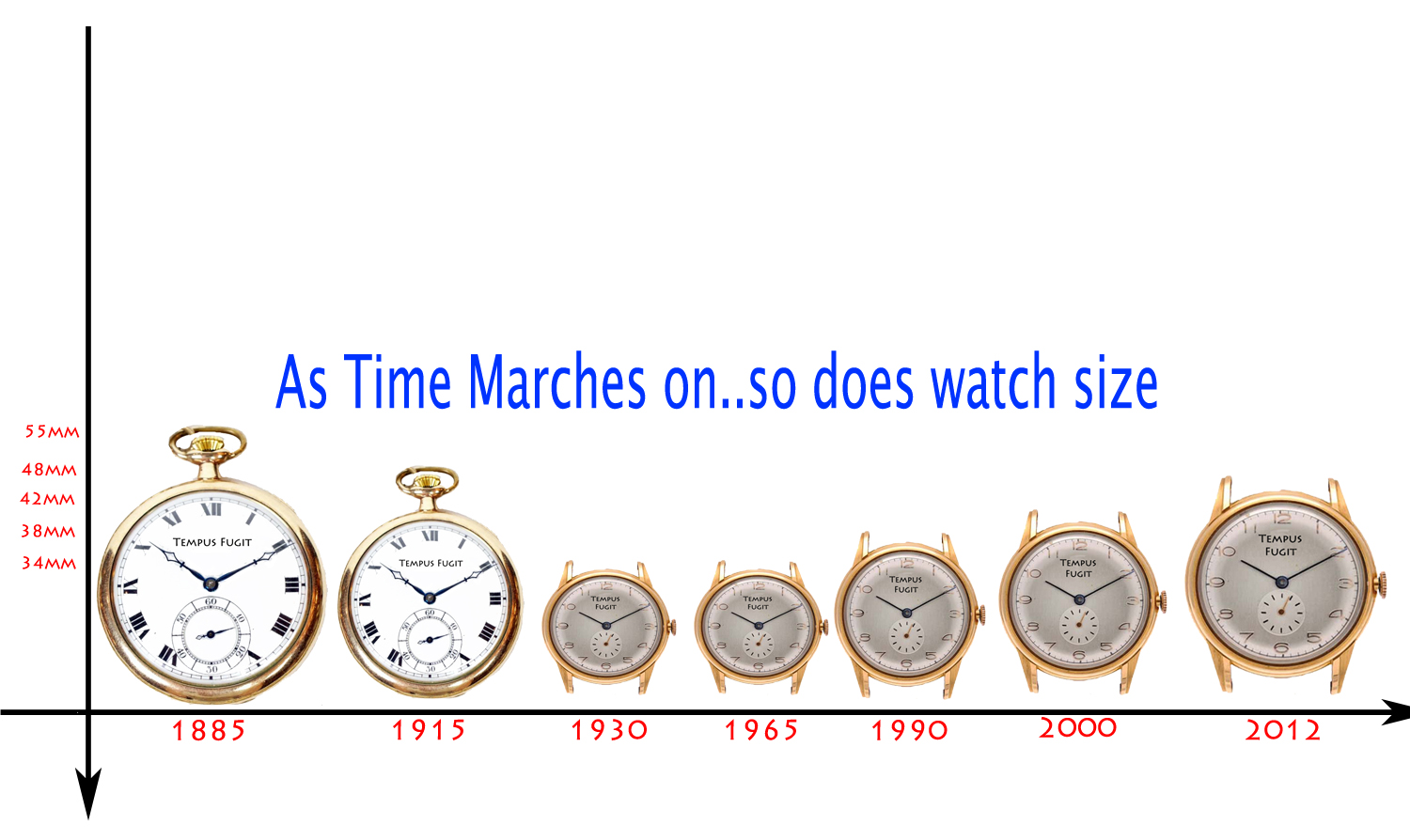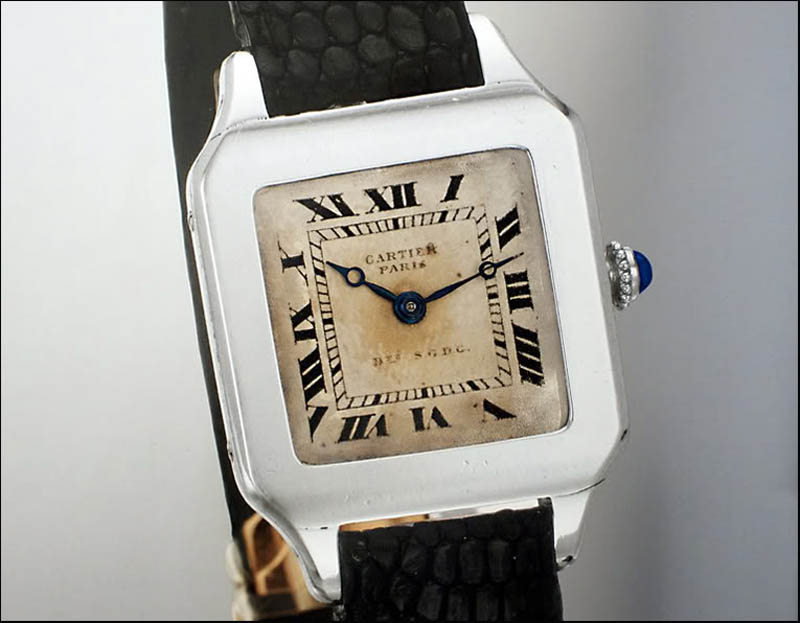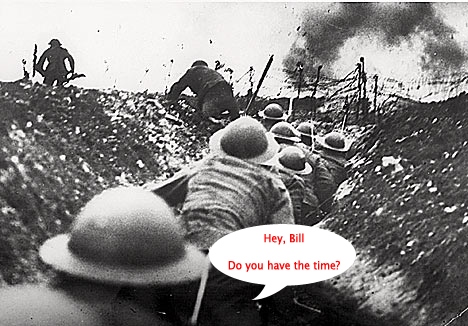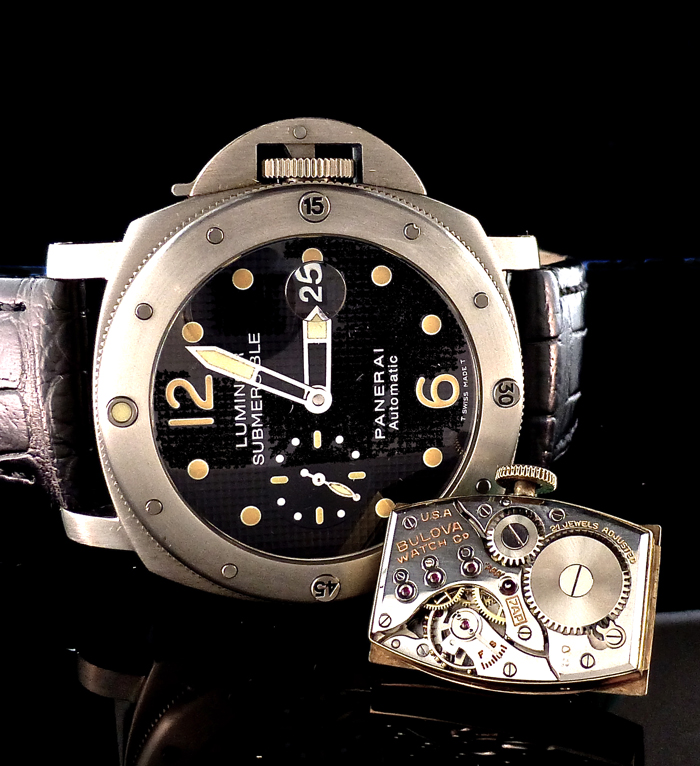
In the beginning the watch gods created the wristwatch, and it was good.
Up until the early 1900s, pocket watches ruled the day for men’s timekeeping fashion. These were worn on a chain in a pocket, either in a vest or trousers. It was considered “sissy” for men to wear watches on their wrists. However, in 1904 Brazilian aviator Alberto Santos Dumont collaborated with his friend Louis Cartier, the famous French watchmaker, to design and create a timepiece for the wrist that could be easily read while flying. Something that wasn’t so clunky and awkward as a pocket watch which Dumont hated to keep having to pull out of his pocket in flight. Thus the Cartier “Santos” was born, and the official birth of a new era in timepiece design: the wristwatch.

The wristwatch really caught on during WWI (circa 1917) where the soldiers had the same needs as Dumont… a convenient timekeeping apparatus that didn’t need to be pulled out of a pocket during stressful action times. Finally, it became not only convenient, but more importantly, fashionable, for men to wear something on their wrists. Thus the Golden Age of the wristwatch began. And it was good.

Things moved forward rather predictably in wristwatch design…. since the mechanical movements were mostly round miniature pocket watch movements, this movement shape dictated the case design…”form follows function”: the mantra of the Art Deco era in the 1920’s. But, innovators like the Gruen watch company, and Bulova Watch Company, began to design and engineer rectangular shaped mechanical movements, thus opening up more design avenues for square and rectangular shaped watches. For the next 30 or 40 years the watch industry made their collective living off wristwatches in the round, square, and rectangular variations of this design theme. Interestingly, from a modern point of view, these watches seem “tiny”. The round shapes were around 28 to 32mm, and the rectangular and squares were in the 26 to 29mm average range. As you can see in the below picture, a Bulova rectangular shaped movement is dwarfed by the Panerai (44mm). The movement, which takes up most of the case, only measures 25mm x 17mm.

And when the movement is placed back in the watch (below), it still only measures 29mm x 20mm, and looks like a “coffee table” for the Panerai. Also pictured is the quintessential dress watch from the 1970’s and 1980’s, The Rolex 18kt gold Cellini, which measures a whopping 31.5mm diameter. This watch belongs to a friend of mine who got it as a graduation gift from college. When I put this on my wrist, I feel like I’m wearing a child’s toy watch! (more »)

